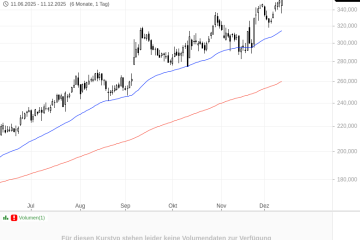Understanding the Ozempic Lawsuit: Key Issues and Developments
Introduction
The ongoing Ozempic lawsuit has brought significant attention to the potential risks associated with the popular diabetes medication. Originally designed to aid in blood sugar control for Type 2 diabetes, Ozempic has recently come under scrutiny as users report various side effects, leading to a wave of legal action. Given the rising cases and concerns surrounding the drug, understanding the implications of the Ozempic lawsuit is crucial for both current users and healthcare professionals.
Current State of the Lawsuit
As of October 2023, more than 1,000 lawsuits have been filed against the manufacturer, Novo Nordisk. The plaintiffs claim that the company failed to adequately warn patients about the potential side effects, particularly concerning severe gastrointestinal issues and the aggressive onset of pancreatitis. Evidence presented in the cases suggests that many users experienced symptoms like nausea, vomiting, and abdominal pain, leading to hospitalisation.
Lawyers representing the plaintiffs argue that Novo Nordisk’s marketing emphasised the benefits of weight loss without sufficiently addressing the associated risks. This has raised questions about the ethical obligations of pharmaceutical companies in promoting their drugs, especially for medications designated as treatments for chronic conditions.
Reactions from Health Authorities
Health officials and regulatory agencies, including the United States Food and Drug Administration (FDA), are closely monitoring the situation. In July 2023, the FDA issued a safety communication regarding Ozempic, advising healthcare providers to consider the risks when prescribing the drug. They are also highlighting the need for patients to report any adverse effects experienced while using Ozempic.
Impact on Patients and Future Considerations
The rising tide of lawsuits has led many healthcare professionals to review their guidance for patients considering Ozempic as a treatment option. Patients are encouraged to weigh the potential benefits against the highlighted risks, and to have open discussions with their doctors regarding any concerns they may have. For those currently using Ozempic, monitoring their health and reporting any unusual symptoms is advisable.
Conclusion
The Ozempic lawsuit highlights significant issues surrounding medication safety and the responsibilities of pharmaceutical companies. As the litigation unfolds, it serves as a reminder for users to remain informed about their treatments and for healthcare providers to maintain transparency regarding the risks involved. Future developments in this area may reshape the landscape of diabetes treatment and patient safety protocols. Ongoing studies and investigations will be crucial in determining the long-term impact of Ozempic and any necessary regulatory changes.









